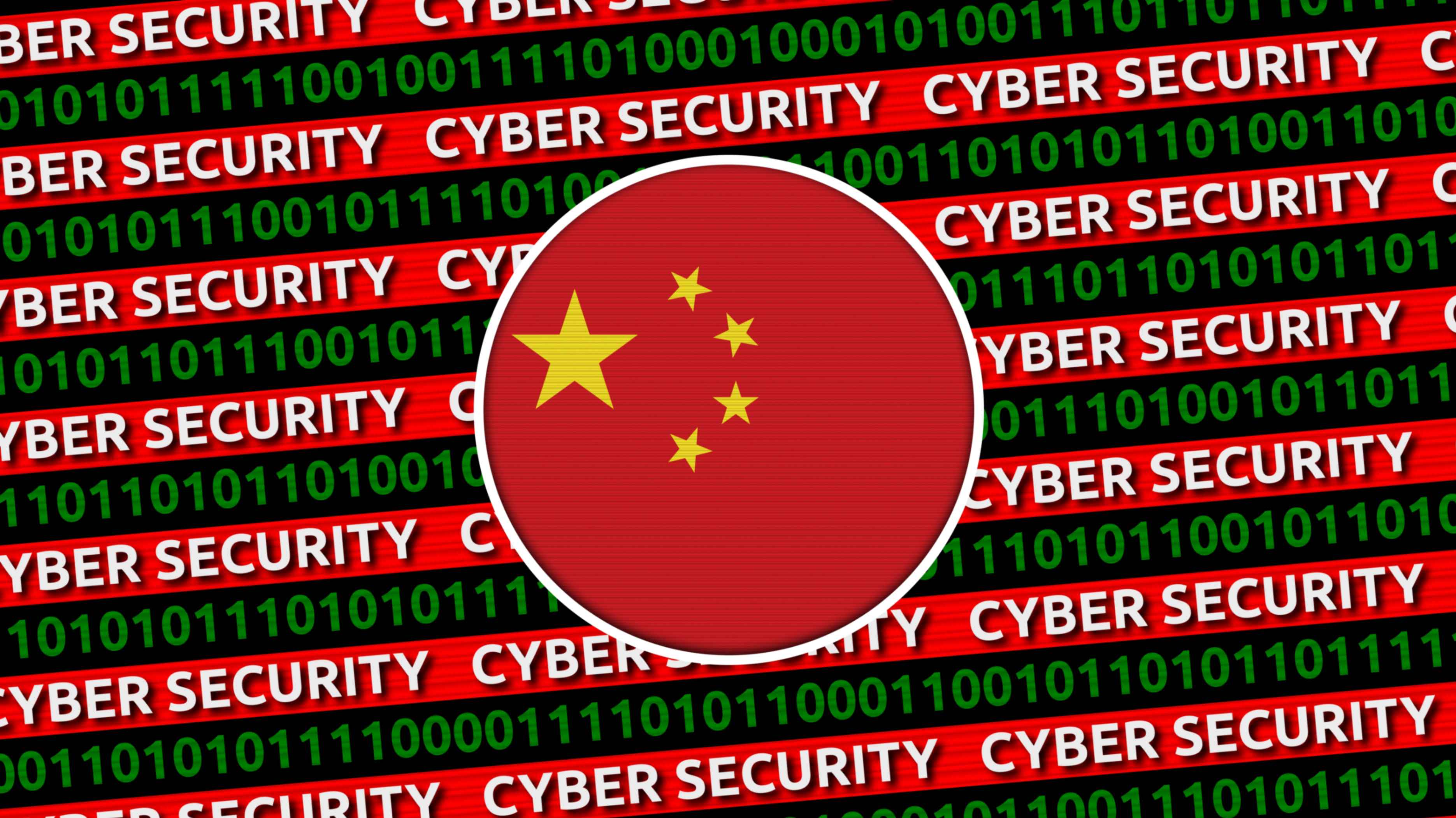IN BRIEF
- The Cyberspace Administration of China recently published a “List of Sources of Internet News Information”. The list contains 1358 news source outlets. It comprises central news websites, central news units, industry media, local news websites, local news units, and government affairs dispatch platforms. It basically rules that Chinese people should only read or repost news from these listed websites. This list comes in addition to the Market Access Negative List 2021 which has sought to reassert domestic discourse and encourage as much dependence on state-owned media as possible by banning many private enterprises from owning media divisions.
- A list similar to the “List of Sources of Internet News Information” was last published in 2016. Compared to that version, this List has immensely expanded on the total number of sites (almost four times more than the previous one); it has diversified the field with specialized sources being included; it has included public accounts and applications such as WeChat and Weibo whose official accounts post news; the financial country-level media centers have also been added; and it has greatly expanded the platform for government releases to be carried ensuring wide outreach.
- The spokesperson of the Cyberspace Administration of China emphasized that from now on, when Internet news information service providers reprint news information, they must follow the latest version of the "List of Sources of Internet News Information", and those who reprint beyond the scope of this list will be punished in accordance with the laws and regulations.
- National Cyberspace Administration of China will implement dynamic management throughout the entire process of the list of sources, with the method of "addition and removal". This essentially means that following the rules will keep you on the List or get you added to the same while breaking the rules will lead to your expulsion and legal action.
- This CiCM Insight focuses on news sources accesible in China to the public and also contains our assessments.
Accesible w.r.t. Xinjiang Uygur Autonomous Region
Accesible w.r.t. Xinjiang Uygur Autonomous Region (translated)
Accessible Central Government Websites
ASSESSMENT
- This new List of Internet Sources published by the Cyberspace Administration depicts how the Chinese government continues to have an upper hand and ensure dominance on the news information that flows all across the country and outside it. This list included more state-run media outlets which highlights further that the information that is circulated in the country will be monitored by the State. The reason given by the Chinese officials for this updated list was that media outlets were no longer meeting the requirements and have poor daily influence. But on the other side, this list has dropped a popular independent media outlet, Caixin, which is known for their investigative journalism, regular reporting on COVID-19, corruption climate crisis in China.
- The Chinese Communist Party (CCP) manages control over its citizens via heavy media restrictions and censorship. Such restrictive media environments have birthed unique ventures coupled with nationalist 'netizens' --also known as the 'Little Pink' --that promote censorship to control information in the news, online, and on social media. China blocks many foreign websites, including Facebook, Instagram, and some Google services; still, the Chinese public has found ways to circumvent the so-called Great Firewall. The four major national networks, namely CSTNET, ChinaNet, CERNET and CHINAGBN, are the "backbone" of the mainland Chinese internet and ultimately seek to further the CCP's maintenance of the 'Great Firewall'. They are state-funded, and therein owe allegiance to the Party.
- Recently the Chinese government has also released its updated Market Access Negative List (MANL) which prohibited private investment in media outlets. As reported in ORCA's October 15, 2021 CiCM newsletter, pro-CCP netizens showed support for curb on private media companies via the Market Access Negative List. While the CCP maintains strict control over limiting any potential criticism of its practices, Weibo still emerges as a platform where citizens voice concerns over certain policies (in quickly censored posts). For instance, recent CiCM reports have covered instances of women voicing criticism of the one-child policy and discussions over disco-ntent vis-a-vis the marriage leave system.
- Despite such brief examples, such List(s) by the Chinese government raise serious threats to the quality of journalistic practices in the country and how that will shape up in the coming future. Via the MANL, Non-state funds are not allowed to engage in services including: news collection, editing and broadcasting businesses, investing in setting up and operating news organizations; operating pages, radio frequencies, channels, programs or social-media accounts of news organizations, live broadcast of events related to political views, public opinions or values, republishing news by foreign entities and forums or awards activities in the news media sector. This, coupled with the List of Internet Sources, only adds to the regulatory crackdown on a range of industries from Chinese authorities, especially the media sector.



Author
Team ORCA
Combined works by various researchers at ORCA